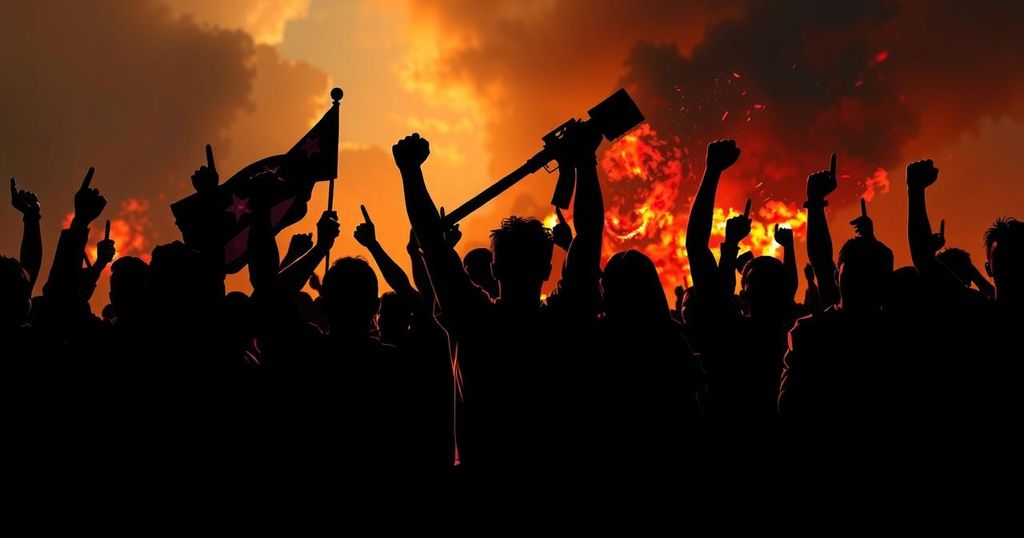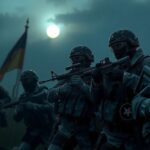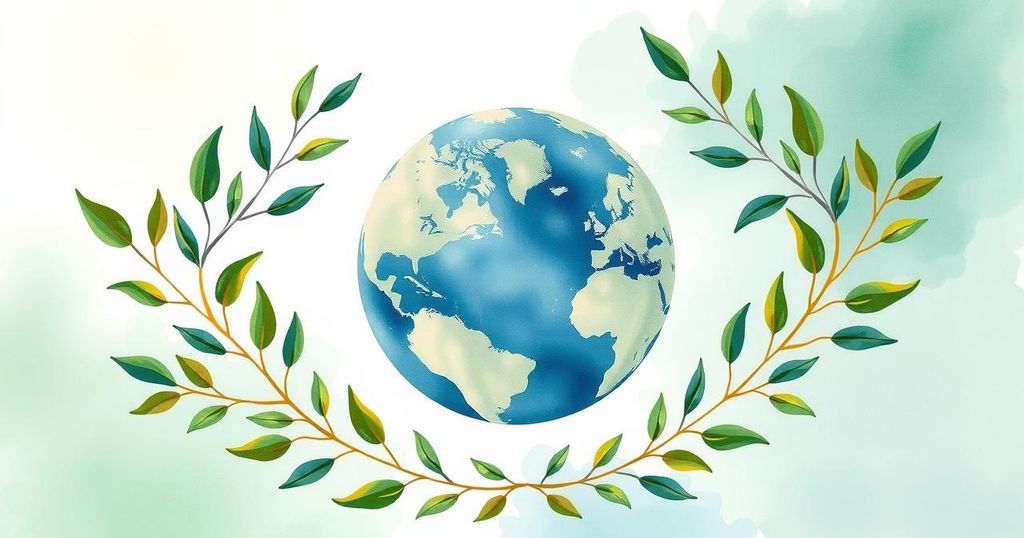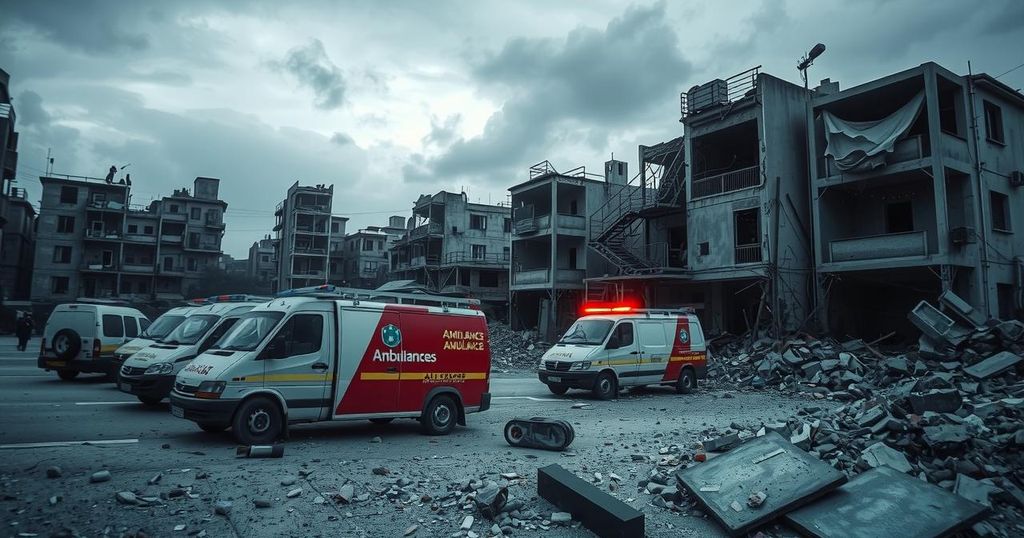America’s Civil War: Dividing Viewers and Challenging Conventions
In his most recent cinematic offering, esteemed director Alex Garland introduces “Civil War,” a narrative rooted in a proximate America, fragmented by political factions and entrenched in a brutal struggle with enigmatic origins. The film centers on a cadre of journalists navigating the distressing terrain of division and violence, shedding light on the ethical quandaries and tribulations of war journalism. This intellectually stimulating tale has incited fervent discussions and polarized audiences, thrusting the film’s discomfiting and contentious portrayal of a nation at war into the spotlight.
“Civil War” has elicited divergent reactions amongst viewers, fueling dialogues concerning its depiction of a fractured America and the intricacies of journalistic ethics. The deliberate absence of unequivocal contextual details pertaining to the war’s inception has left some disenchanted, whilst others have lauded its distinctive vantage point. At its essence, “Civil War” challenges age-old war film paradigms, electing to underscore the role of journalists as protagonists rather than fixating on soldiers exclusively. This narrative choice has imparted a layer of unease and uncertainty to the film, rendering it a demanding yet compelling viewing experience.
The absence of unambiguous explanations pertaining to the war’s genesis in “Civil War” has disconcerted numerous viewers, as the film avails ample space for conjecture and deliberation. The portrayal of an enfeebled America, fragmented into discrete factions, imparts a disquieting semblance of realism that resonates deeply with many. The film’s milieu and political undercurrents draw striking parallels to contemporaneous societal tensions, invoking reflections on real-world political schisms and the ascent of authoritarianism.
Garland’s purposive decision to eschew a linear narrative has garnered both commendation and censure. The film’s depiction of America’s political terrain, marked by the ascendancy of factions such as the Western Forces, Loyalist States, New People’s Army, and the Florida Alliance, has compelled viewers to grapple with discomforting realities. The ambiguity cloaking the war’s origins and the actions of the unnamed president has ignited conversations on the ethical ramifications of unchecked political authority and the repercussions of societal rifts.
“Civil War” upends the conventional dichotomy of heroes and villains, presenting a morally intricate and equivocal portrayal of the conflict. The film’s journalists, helmed by figures such as Lee Smith, Joel, and Jessie, confront the harsh truths of war journalism, contending with their personal moral compasses as they navigate the tumult and devastation amidst them. The film does not shy away from depicting the unrelenting realities of war, spotlighting the sacrifices and trauma borne by those who chronicle the human toll of conflict.
Ultimately, “Civil War” proffers a distinctive lens through which to contemplate the ethical and moral complexities of war journalism and the haunting reverberations of political division. The film’s unflinching portrayal of a fractured America and the tribulations confronted by journalists has ignited impassioned deliberations about the nature of conflict and the role of the media in shaping public perception. As “Civil War” persists in eliciting rumination and discourse, it endures as a poignant and timely exploration of the moral mire that defines the disquieting realities of war.








Post Comment